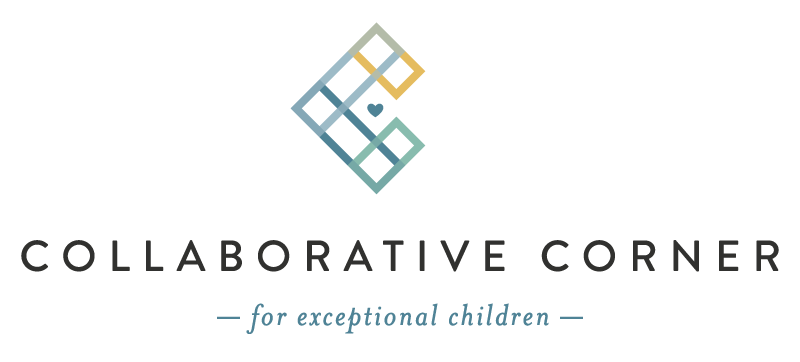Five Important Questions to Ask in Pre-K Transition Meetings
If you have a child who will be entering Kindergarten next year, you are probably either already in the midst of transition planning, or will be very soon. As we near the end of what has been a challenging year for parents, students and teachers alike, here are five important things to keep in mind as you prepare to discuss plans for your child’s transition:
WHO? Who will be responsible for making sure your child’s needs are being met and their IEP goals are being addressed? Will there be more than one person sharing this responsibility? (if your child receives any school-based therapies, most likely there will be multiple people supporting your child in a variety of areas)
WHAT? What do YOU see as your child’s greatest needs, and does that align with what the school is addressing through the IEP? During your child’s IEP meeting, make sure to ask questions if there is anything you are unclear about, and if you would like to see something added, be sure to mention it! Most of the time, schools are willing to work collaboratively with parents as a team with the common goal of helping your student succeed. Additionally, if any testing has been done, be sure you understand what tests were completed, what the results mean for your child and how those results will shape the IEP development.
WHEN? When will your child receive their services? For self-contained settings, IEP goals are addressed throughout the day; however, if your child will be placed in a general education setting for the majority of the day and receive pull-out services or support facilitation services, make sure you know when these will occur (time of day and frequency). For example, many children are pulled out of their regular classroom for speech or language therapy for a specific amount of time (as documented on the IEP) at a specific frequency (such as 60 minutes per week, for example). It is important that you understand when the services will occur and what activities your child will be missing from their regular classroom while they are receiving therapies.
WHERE? Where will your child be receiving their services? This can be one of the biggest points of discussion in a pre-k transition meeting. Generally speaking, the IEP team will make a recommendation for placement based on any prior testing (which you would have previously signed permission for) as well as classroom data documenting your child’s progress, report cards and a team discussion. While the importance of placing a child in the “least restrictive environment” is a critical piece of the discussion, it is also important to keep in mind that for many students, they are leaving a self-contained pre-k classroom that has a small teacher:student ratio and has the training, experience and environment necessary to support a variety of special needs. Based on your child’s individual needs, they may be recommended for a general education classroom, a self-contained ESE classroom, a hybrid classroom, or may be found eligible for support facilitation services, monitoring services or consultation services. Your child’s IEP team can explain how each of these will look and where these services would occur.
HOW? How will you be informed of your child’s progress? Many pre-k classrooms regularly communicate with parents about their child’s classroom performance because it is often difficult for young children to verbally communicate the events of their day; however, in Kindergarten it is likely that the parent-teacher communication will be less frequent simply due to an increase in academic demands and quite possibly a larger class size for the teacher(s) to keep track of. Most likely, you will receive progress reports on your child’s IEP goals along with their regular report cards (which, for many of you, has probably already been happening in pre-k). If you feel that you may require more frequent parent-teacher communication in order to best support your child, discuss options for something that can be easily tracked and passed back and forth between home and school. While the specifics of what this would look like will need to be worked out with your child’s new teacher in Kindergarten, it can be documented in the notes that this is an important concern for you, and may spark some helpful team discussion.
The move from pre-k to kindergarten can seem intimidating for both parents and students; however, it is also an exciting time and means new opportunities for your child to grow and reach their full potential. Good communication between IEP team members is key, so before you head into your transition meetings, be sure to write down any questions you may have so you don’t forget to ask them when the time comes! Once you have the answers to the above-mentioned questions, you will have a clearer understanding of what to expect when your child moves to Kindergarten - and remember that their IEP is a fluid document that can always be updated or amended as needed. Enjoy this exciting next step and be proud of all of the amazing things your child has already accomplished so far!
Info@collaborativecorner.org

